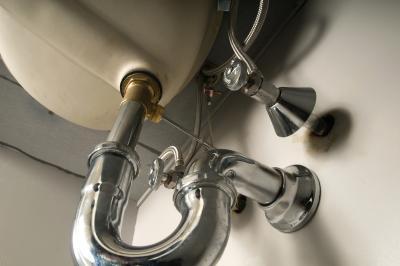 It doesn’t seem right that something as solid and hard as concrete can crack. Unfortunately, concrete does crack, and can do so very quickly under particular conditions and circumstances.
It doesn’t seem right that something as solid and hard as concrete can crack. Unfortunately, concrete does crack, and can do so very quickly under particular conditions and circumstances.
This is an issue that thousands of home and property owners all across the nation are discovering every day. It is a situation that is all too common; a proprietor lays new concrete down only to witness immediate cracking within a few weeks of installation.
This is a very aggravating and lengthy obstacle for any homeowner to deal with. The thought of lost money and concrete repair work can be overwhelming to even the most well-versed and experienced service provider or homeowner. Swimming pool decks, verandas, sidewalks, car park, driveways, and even more are likely to split is the concrete is not installed and looked after properly. Continue reading to find out the reality behind cracked concrete and how to avoid brand-new concrete from breaking shortly after installation and placement.
Concrete Paving
Lots of concerns begin to emerge once a contractor or consumer notices cracks and holes in their newly paved concrete foundation. They question if the concrete professional added too much water to the mix; or if the sand material was expensive. Was fiber or wire mesh set up? Were the saw cuts placed correctly? Although it is simple to blame the service provider that installed the concrete, they are not constantly the root of the problem. There are natural scenarios beyond our control that can cause pavement to break. Remarkably, the primary wrongdoers behind self-destructing pavements relate to cold weather and heat.
 In the northern parts of the nation, freeze and thaw cycles are the most usual factors behind cracked concrete pavement. This cycle begins when water inside the ground freezes from cold temperature levels; and when water freezes it develops into ice and expands. This boost in mass can trigger the ground to rise or shift, triggering anything above it to do the very same. If concrete pavement lies above a frozen and raised ground, the concrete is most likely to be implicated too. When periods change and the ice melts, pavements are shifted and moved once more due to the fact that there is a void where strong ice once existed.
In the northern parts of the nation, freeze and thaw cycles are the most usual factors behind cracked concrete pavement. This cycle begins when water inside the ground freezes from cold temperature levels; and when water freezes it develops into ice and expands. This boost in mass can trigger the ground to rise or shift, triggering anything above it to do the very same. If concrete pavement lies above a frozen and raised ground, the concrete is most likely to be implicated too. When periods change and the ice melts, pavements are shifted and moved once more due to the fact that there is a void where strong ice once existed.
This lead to even more cracking and damage. There is not much a property owner can do to avoid natural incidents like this; nevertheless, in order to prevent a freeze thaw cycle concern, wait until spring and summer to set up new concrete. In this manner it has time to reinforce and solidify prior to harsh climate can cause its deterioration.
In contrast to freezing temperatures, concrete can also break in extreme heat. In the south and seaside regions of the United States, it is common for pavement to rupture from prolonged sun exposure and heat. Just as ice broadens within the ground, heat causes concrete to broaden and move as if it were cooking in the sun. As soon as the sun or temperature levels drop, the concrete hideaways back to its typical state. This consistent expansion and minimizing in size can make pavement more prone and susceptible to fractures, collapsing, and deep crevices.



